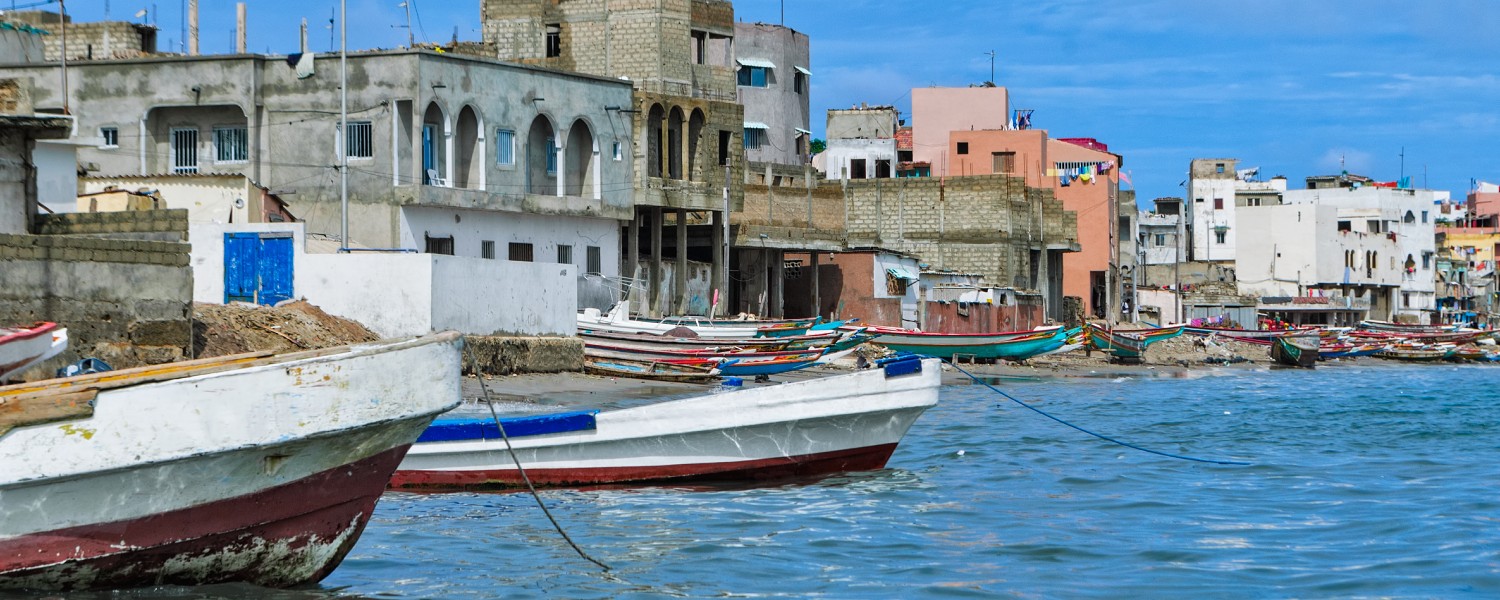
Provided by:
Igor Grochev/Shutterstock

Our travel guides are free to read and explore online. If you want to get your own copy, the full travel guide for this destination is available to you offline* to bring along anywhere or print for your trip.
*this will be downloaded as a PDF.Price
€4,95
The City
The guide was updated:
Located on the Cape Verde Peninsula, Dakar has been an important crossroads for trade, culture, and governance in West Africa for centuries. Originally settled by the Lebu people, a subgroup of the Wolof ethnic group, in the 15th century, the city still retains its roots in neighbourhoods like Ouakam, Ngor, Yoff, and Hann. The name ‘Dakar’ comes from the Wolof word 'dakhar', meaning tamarind tree, a nod to the natural landscape that shapes the city.
Established by the French in 1857, Dakar quickly grew into a centre of commerce and administration, evident in its colonial-era buildings, embassies, and the business district around Place de l’Indépendance. Today, the port is bustling with industries like peanut oil production and fish canning, while cultural landmarks like the Grand National Theatre, the Théodore Monod African Art Museum, and the Museum of Black Civilizations highlight its artistic legacy.
Dakar's cultural heritage, shaped by a complex colonial past, has fostered a unique social blend of European, North African, and West African influences. This mix is visible in the city’s thriving art scene, diverse quarters, and lively markets, inviting exploration at every turn.
Established by the French in 1857, Dakar quickly grew into a centre of commerce and administration, evident in its colonial-era buildings, embassies, and the business district around Place de l’Indépendance. Today, the port is bustling with industries like peanut oil production and fish canning, while cultural landmarks like the Grand National Theatre, the Théodore Monod African Art Museum, and the Museum of Black Civilizations highlight its artistic legacy.
Dakar's cultural heritage, shaped by a complex colonial past, has fostered a unique social blend of European, North African, and West African influences. This mix is visible in the city’s thriving art scene, diverse quarters, and lively markets, inviting exploration at every turn.


